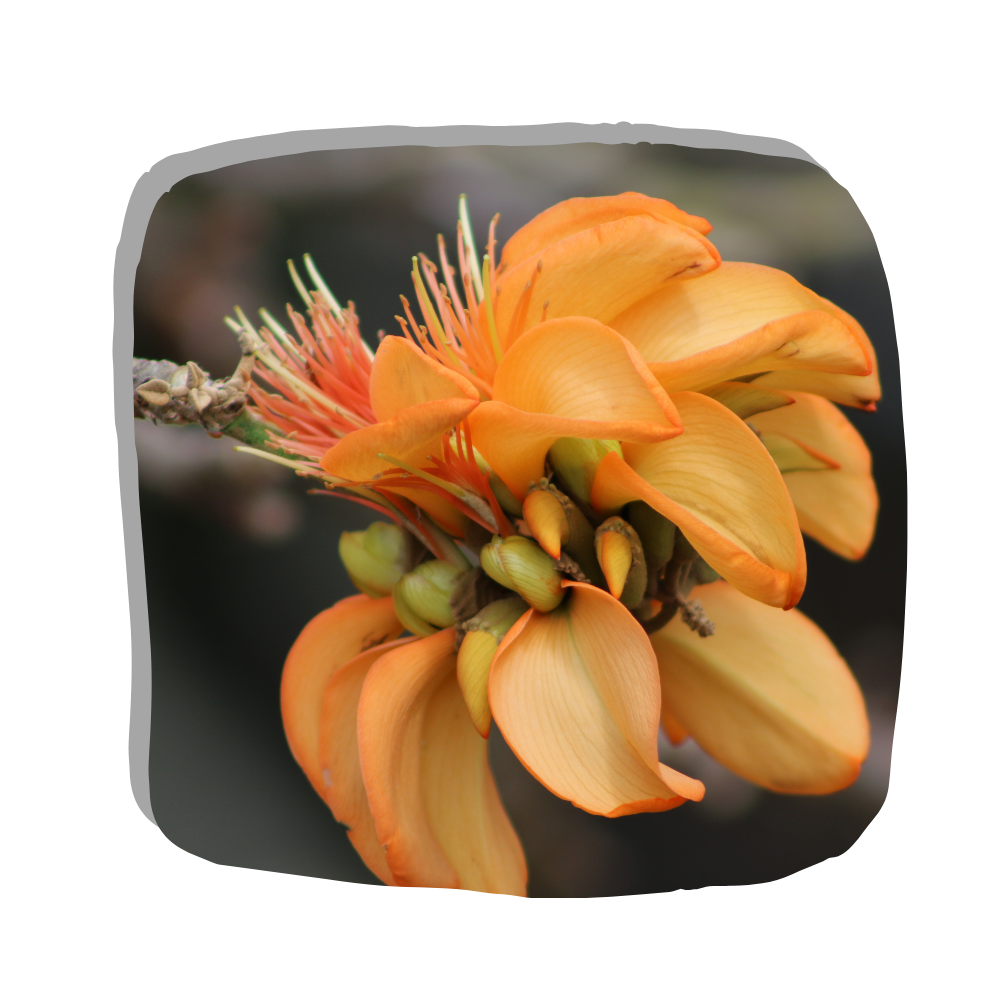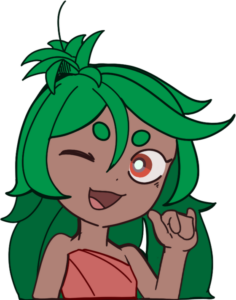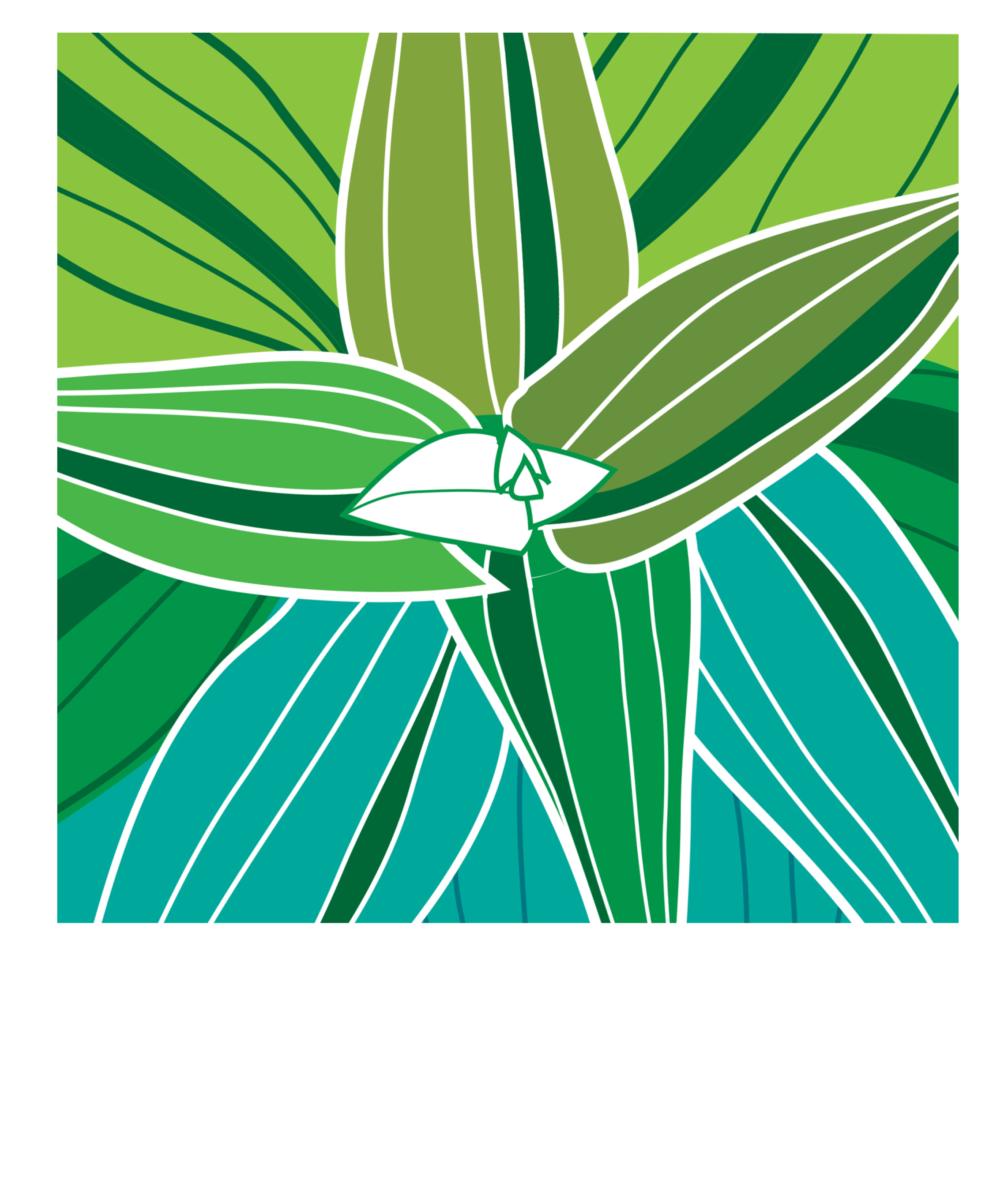
join the conversation
Frequently Asked Questions
FAQ
Laukahi is a voluntary alliance of agencies, organizations and individuals aiming to protect Hawai‘i’s rare plant species through coordinated conservation efforts by implementing the Hawai‘i Strategy for Plant Conservation.
Check out our About Laukahi page.
Members of the Laukahi Network include:
Bernice Pauahi Bishop Museum
Amy B.H. Greenwell Ethnobotanical Garden
Center for Plant Conservation
Coordinating Group on Alien Pest Species
Haleakalā National Park
Hawaiʻi Assoc. of Watershed Partnerships
Hawaiʻi Conservation Alliance
Hawaiʻi Division of Forestry and Wildlife
Hawaiʻi Island Seed Bank
Hawaiʻi Volcanoes National Park
Hawaiian Silversword Foundation
Honolulu Botanical Gardens
Honolulu Zoo – Aloha ʻĀina Cons. Fund
Kualoa Ranch
Kupu Hawaiʻi
Lāʻau Hawaiʻi
Laukahi
Lyon Arboretum
Maui Nui Botanical Gardens
Molokai Land Trust
National Tropical Botanical Garden
Army Natural Resources Program Oʻahu
ʻŌhiʻa Legacy Initiative
Pacific Cooperative Studies Unit
Plant Extinction Prevention Program
Puʻu Kukui Watershed Preserve
The Nature Conservancy Hawaiʻi
Tipu Tipu Restoration and Sustainability
U.S. Fish and Wildlife Service
FWS Refuges
USFWS Science Applications
U.S. Forest Service IPIF
U.S. Geological Survey
UH Mānoa Ecology, Evolution, Cons. Bio
UH Mānoa School of Life Sciences / Botany
UH Mānoa Center for Conservation Research and Training
UH Mānoa Campus Arboretum
UH Leeward Community College
USDA – National Laboratory for Genetic Resource Preservation
Waikoloa Dry Forest Initiative
Waimea Valley, Hi ipaka LLC
Wiliwili Hawaiian Plants
 Liko Laukahi is Laukahi’s mascot, helping us learn all about and celebrate Hawaiʻi’s native plants! Liko is a forest spirit who wants to share her enthusiasm for our plants, but she’s also concerned about them and asking for your help to protect them! Like new leaves and buds, she helps us learn and care for our native plants. She is a descendant of the forest, and I’ll be counting on her help to reach the next generation of land stewards. She is making her debut on a keiki poster. Download it here!
Liko Laukahi is Laukahi’s mascot, helping us learn all about and celebrate Hawaiʻi’s native plants! Liko is a forest spirit who wants to share her enthusiasm for our plants, but she’s also concerned about them and asking for your help to protect them! Like new leaves and buds, she helps us learn and care for our native plants. She is a descendant of the forest, and I’ll be counting on her help to reach the next generation of land stewards. She is making her debut on a keiki poster. Download it here!
Keep an eye out for her – who knows where she’ll sprout up next!
Native refers to an organism’s origins. If a plant propagule is naturally dispersed, biotically or abiotically, and establishes itself in a new area – that is native. If, however, a propagule is transported by humans or accidentally introduced to a new area and establishes, it is considered “introduced,” “adventive,” or perhaps, “naturalized.” If it spreads uncontrollably and starts causing harm, it could be considered “invasive.”
Introduced: (also known as an exotic species) is an organism that is not native to the place or area where it is considered introduced and instead has been accidentally or deliberately transported to the new location by human activity (Science Daily 2021).
Adventive: species that are not self-sustaining but need an occasional population boost from their homeland. If an adventive species becomes self-sustaining in its new geographic area, it is then said to be naturalized (Faber 2019).
Naturalized: A non-native plant that does not need human help to reproduce and maintain itself over time in an area outside its native range (USDA–Natural Resource Conservation Service, Conn., 2021)
Invasive: is both non-native to the ecosystem in which it is found and capable of causing environmental, economic, or human harm because of its ability to spread rapidly and compete with native species (US Forest Service 2018).
Further, native plants are either indigenous or endemic. “Indigenous” means the organism is native to a region but is also found in other regions as well. “Endemic” conveys that the organism is only found in this region and nowhere else in the world. Most plants in Hawaiʻi are endemic to the islands (~90%).
No. There are several plant species that are not native to Hawaiʻi but have Hawaiian names. A perfect example is “Laukahi.” This name refers to many native ferns and Plantago’s with prominent single fronds, or simple, undivided leaves (respectively). However, this name was transferred to non-native species of Plantago as well – Plantago major and P. lanceoloata – upon their introduction to the islands. Other non-native species with Hawaiian names are: pikake (Jasminum sambac) – native to tropical Asia, maile pilau (Paederia foetida) – native to East Asia, kuawa (Psidium guajava) and its close, highly invasive relative, waiawi (Psidium cattleianum) both native to Central and South America.
Seed banking is a form of ex situ conservation that aims to preserve the genetic diversity of native plant species for the purposes of conservation and restoration. The seeds are typically kept at low humidity and in cold conditions – around -20°C. This helps to preserve the seeds, ensuring they can still grow when they are needed later. Seed banking is a cost-effective method of insurance against extinction when wild plant populations are in decline.
Tissue culture is a method of biological propagation in which fragments of tissue from a plant are transferred to an artificial, aseptic environment in which they can continue to survive and function, separate from the parent plant. This method is also called micropropagation, where an entire plant can be grown from small pieces of plant tissue. It is typically facilitated through the use of a liquid, semi-solid, or solid growth medium, such as broth or agar, and requires fluorescent lighting to mimic radiation from the sun.
Ex situ is a Latin term referring to an organism or propagule existing “out of the wild” (in a botanic garden, storage facility, or a reintroduction site for instance). In situ is another Latin term that refers to an organism’s existence “in the wild” (existing in the environment, in a wild population for instance).
Under the ESA, “Endangered” means a species is in danger of extinction throughout all or a significant portion of its range. “Threatened” means a species is likely to become endangered within the foreseeable future. All species of plants and animals (including subspecies, varieties), except pest insects, are eligible for listing under the ESA, and the ESA is administered by the USFWS.
A taxon (or many taxa – plural) is a group of plants given a formal name and taxonomic rank. For plants, this can be a species, or infraspecific taxa as subspecies, or varieties. Many native plants have two or more subspecies or varieties, with each being endemic to a single island. Local botanists (and Laukahi) use this rank to summarize its population size and distribution and they are managed separately in the field. When an entire species is listed as Threatened or Endangered, every infraspecific taxa has the same rank. For example, when Hibiscus brackenridgei, Hawaiʻi’s State Flower, was listed as an Endangered species by the USFWS, it included the three subspecies as well. In other cases, such as with Hibiscus arnottiana, only one subspecies (subsp. immaculatus) is listed as Endangered, the other two are not. This can often lead to confusion when comparing the number of endangered “species” from one list that lists every infraspecific taxon (subspecies and variety) with another that just lists species. The USFWS lists 423 Threatened or Endangered plants in Hawaiʻi here: FWS HI PLANTS.
A Latinized name of two parts, the first indicating the genus and the second being the specific epithet. Latin binomials are always italicized and the genus is always capitalized, as in Erythrina sandwicensis.
Contact the Laukahi Network Coordinator at: coordinator@laukahi.org
Laukahi has a growing number of partners that help to implement the Hawai‘i Strategy for Plant Conservation by supporting our initiatives, conducting field work to protect native habitats, propagate and secure propagules in ex situ facilities, and do research to inform strategies.
Mahalo to all our partners!
